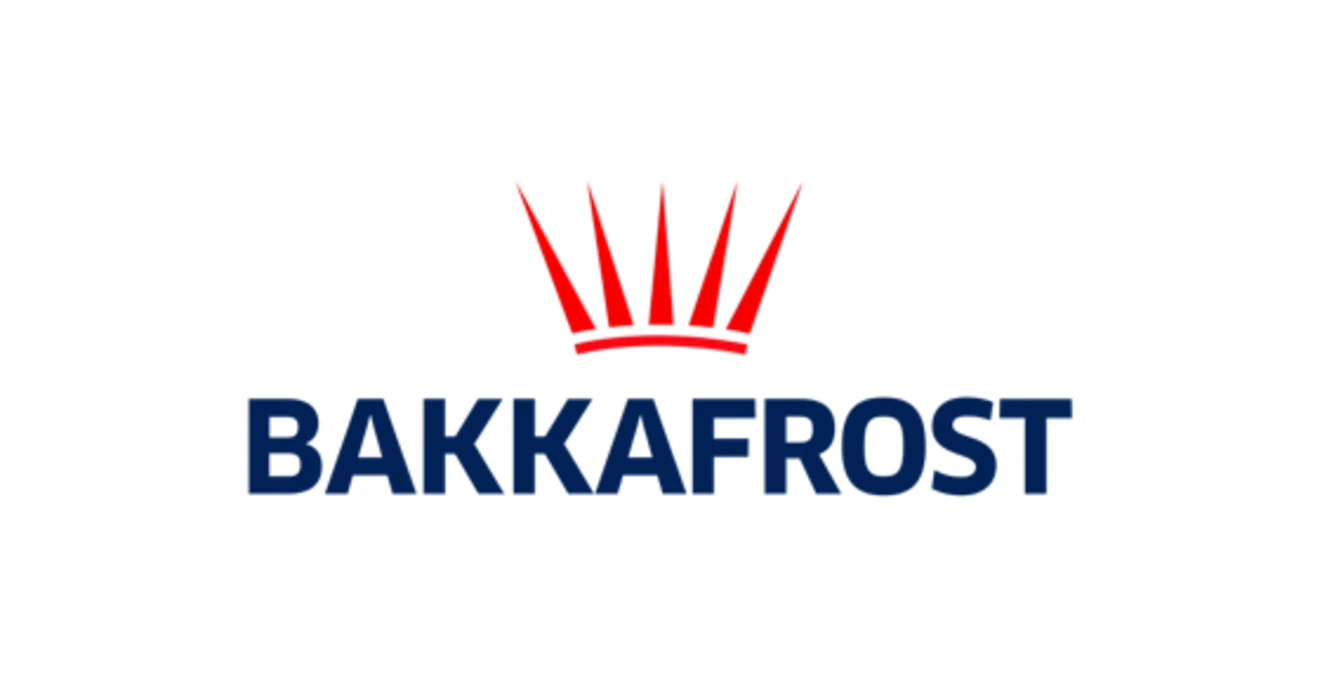Bakkafrost P/F
Key Information
HQ:
Faroe Islands
Market Cap:
$3.59bn
Primary Market:
Europe
Business Type:
Protein Producer
Company Information
Company Summary
P/F Bakkafrost, founded in 1968 and based in Glyvrar, Faroe Islands, is a vertically integrated salmon farming company with full control and responsibility over all aspects of production, including feed, farming and sales.
Revenue
Total revenue:
$1.0bn
Revenue by Geography
Revenue by Protein
Revenue by Product Type
Disclosures
CDP ScoresLast Reviewed: 16/10/2024
| CDP Climate | CDP Forests | CDP Water |
|---|---|---|
| Yes | Yes | Yes |
Science Based Target initiativeLast Reviewed: 16/10/2024
| Target classification | Status | Date |
|---|---|---|
| 1.5°C | Targets Set | 2023 |

